Top 7 Things to Know Before Buying Noise-Cancelling Headphones
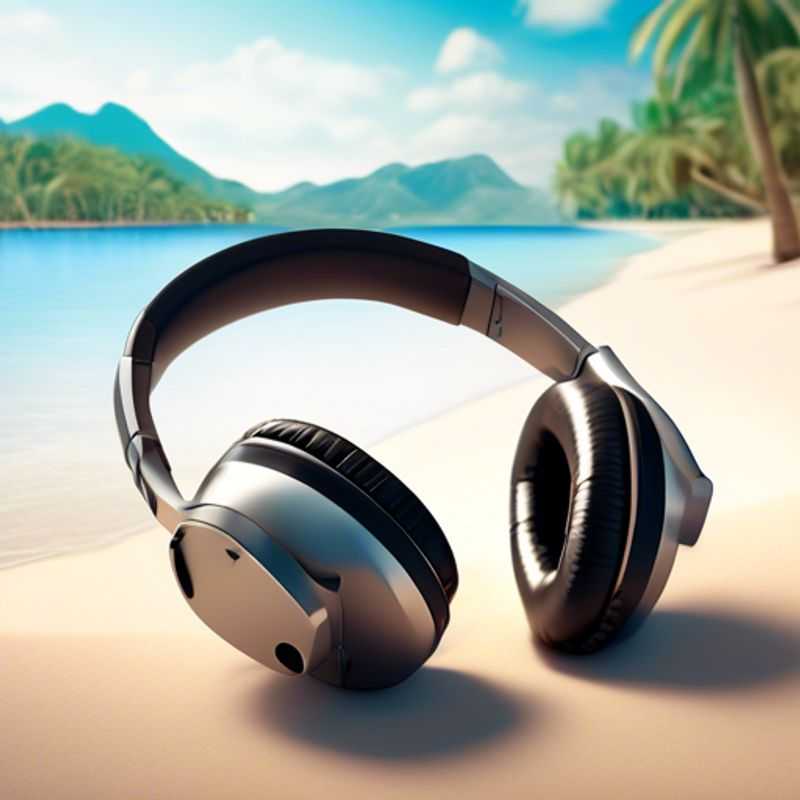
7 Top Tips for Finding Your Perfect Noise-Cancelling Headphones
Hey there, shopping buddies! Ready to dive into the world of noise-canceling headphones? These little gems are like magic, transporting you to your own peaceful oasis amidst the hustle and bustle. But before you click "add to cart," there are a few things you need to know to make sure you find the perfect pair for your needs. Think of this as your ultimate guide to finding headphone happiness!
First, let's talk about the different types of noise cancellation. You've got your active noise cancellation (ANC), which uses microphones to pick up and cancel out surrounding sounds, and passive noise cancellation, which relies on the physical design of the headphones to block noise. So, consider what kind of environment you'll be using them in. If you're a city dweller battling the cacophony of traffic, ANC is your best friend. If you're more concerned with blocking out the rumble of a plane, passive noise cancellation might be enough.
Next, think about how much noise cancellation you actually need. Do you want to completely block out the world, or just soften the edges? Some headphones offer adjustable noise cancellation levels, so you can fine-tune it to your liking. You wouldn't want to miss that important announcement at the airport just because your headphones were on max, right?
- Understand the different types of noise-cancelling technology available. Noise-cancelling headphones can use active or passive noise-cancellation techniques to reduce ambient sounds. Active noise-cancellation uses microphones to detect external sounds and generate an opposing sound wave to cancel them out, while passive noise-cancellation relies on the physical design of the headphones to block out noise.
- Consider the level of noise cancellation you require for your needs. The degree of noise cancellation can vary, so think about the environments you'll be using the headphones in and how much ambient noise you need to block out. More advanced noise-cancelling technology can provide a higher level of sound isolation.
- Look for headphones with a comfortable and adjustable fit. Ensure the headphones fit snugly and securely on your head without causing discomfort, even during extended wear. Adjustable features like padded earcups and headbands can help achieve the perfect fit.
- Check the battery life and charging options. Noise-cancelling headphones require power to operate the noise-cancellation circuitry, so consider the battery life and whether the headphones offer wireless or quick-charging capabilities. This will ensure you can use the headphones for longer periods without interruption.
- Ensure the headphones have the connectivity features you need. Decide whether you prefer wired or wireless connectivity, and look for features like Bluetooth, NFC, or 3.5mm audio jacks to suit your preferences and device compatibility.
- Research the sound quality and audio performance. Evaluate the headphones' ability to deliver high-fidelity audio, with a focus on factors like frequency response, soundstage, and overall clarity. This will ensure you get an immersive listening experience.
- Prioritize features like wireless connectivity or ambient awareness mode. Look for headphones that offer additional features like wireless connectivity for convenience or an ambient awareness mode to let in some external sounds for safety or situational awareness.

Unveiling the Magic: A Guide to Noise-Cancelling Technology
Dive into the fascinating world of noise-cancelling technology and discover how it transforms your audio experience! There are two primary types: active noise cancellation (ANC) and passive noise cancellation (PNC).
ANC is the more advanced method, using microphones to detect and analyze incoming noise. The technology then generates sound waves that are 180 degrees out of phase with the noise, effectively cancelling it out. ANC is excellent for blocking out a wider range of sounds, especially low-frequency noise like airplane engines or traffic. However, ANC systems tend to be more expensive and might require more power than PNC systems.
PNC, on the other hand, focuses on blocking sound passively through physical barriers. This usually involves using materials like foam or thick plastic to absorb or dampen sound waves before they reach your ears. PNC is less effective at blocking high-frequency sounds, but it's simpler, more affordable, and doesn't require batteries.
Choosing the right noise-cancelling technology depends on your needs and budget. If you want the best noise-cancellation performance, go for ANC. If you're looking for an affordable and simple solution, PNC might be a better choice. Explore different options and see what works best for you!
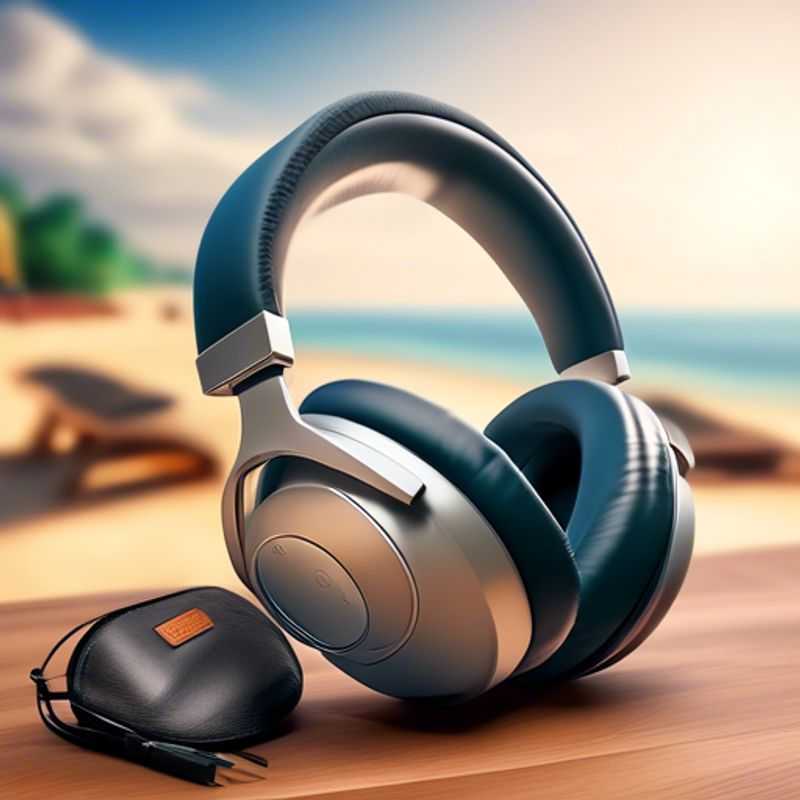
Noise Cancellation: Finding the Right Level for Your Needs
Noise cancellation technology is amazing! It's like having your own personal bubble of quiet, especially great for busy environments like airports, cafes, or even your own home. But, how much noise cancellation you need really depends on your situation.
There are two main types: passive and active noise cancellation. Passive uses physical barriers to block sound, while active uses microphones to analyze and cancel out noise.
For everyday use, passive noise cancellation might be enough. Think of those comfortable over-ear headphones. Active noise cancellation is better if you're in a really noisy environment, like construction sites, or if you need complete silence for focusing.
The level of noise cancellation is measured in decibels (dB). The higher the dB, the more noise is canceled out. Keep in mind that a good pair of noise-canceling headphones can be expensive, but for many, the investment is worth it.
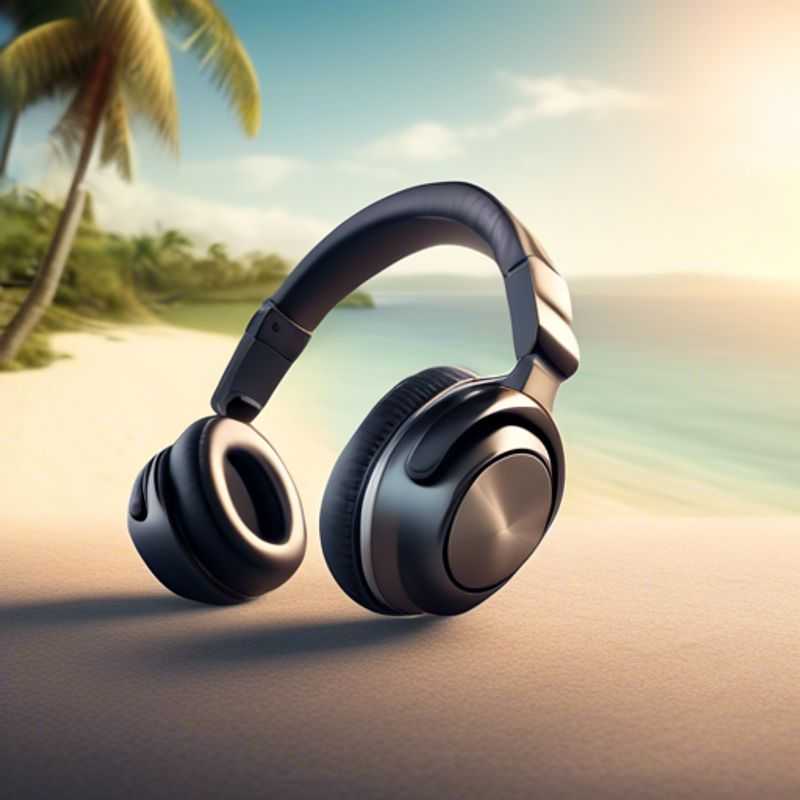
Find Your Perfect Fit: Headphones That Cozy Up to Your Ears
Finding the perfect pair of headphones is a personal journey, and comfort is key. Look for headphones with adjustable features that let you customize the fit. This ensures a secure and enjoyable experience, whether you're on the go or relaxing at home.
Consider the following:
• Earbud Fit: Explore different earbud designs. Some have flexible silicone tips for a snug fit, while others feature memory foam for extra comfort.
• Headband Adjustment: Over-ear headphones should have adjustable headbands, allowing you to find the perfect tightness for your head shape. Look for models with padded headbands for added comfort during extended wear.
• Weight Distribution: Weight distribution is vital for extended listening sessions. Opt for headphones that feel balanced and don't put undue pressure on your ears.
Remember, the perfect fit is subjective. Try on different models if possible, and don't hesitate to explore reviews for insights on comfort and adjustability.

Battery Life and Charging: What You Need to Know Before You Buy
Battery life and charging are crucial factors when buying electronics. Here's a quick guide to help you navigate this:
Battery Life: This refers to how long your device can operate on a single charge. It's typically measured in hours or days. Look for devices that offer a battery life that suits your needs.
Charging Options: Check how the device is charged. Most use USB-C, which is becoming standard. Some devices offer wireless charging, which can be more convenient.
Charging Speed: The speed at which your device charges is important, especially if you're on the go. Look for devices that support fast charging. This can save you time.
Battery Type: Some devices use specialized batteries that can be costly to replace. Check the battery type and consider the availability and cost of replacements.
Remember to factor in your usage patterns and consider how important battery life and charging options are to you. Make an informed decision based on your needs and budget.
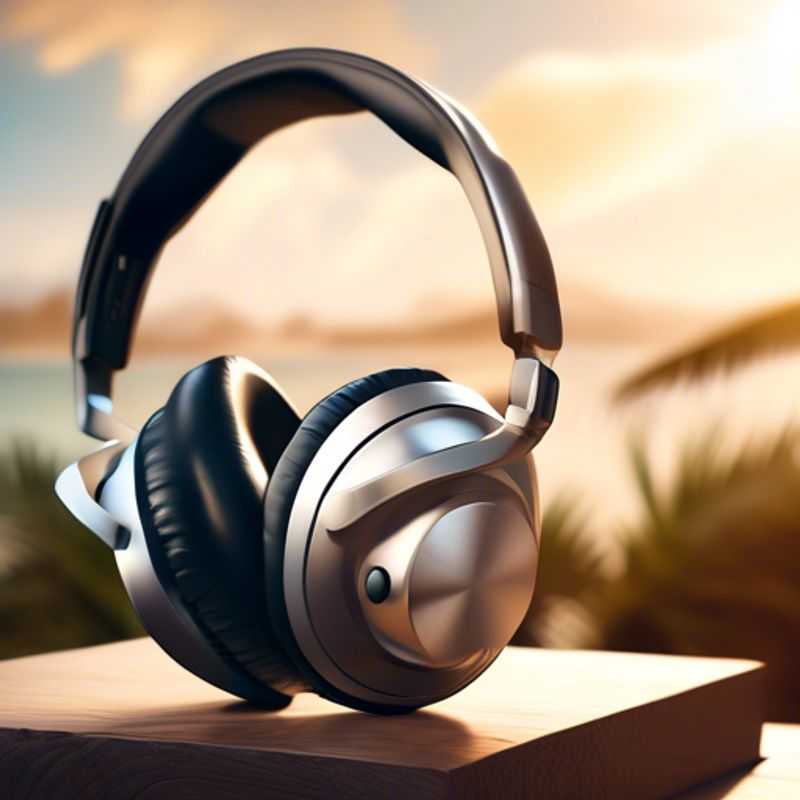
Headphone Connectivity: Finding the Perfect Fit for Your Tech Needs
Headphones are essential for music lovers, podcast listeners, and anyone who wants to immerse themselves in sound. But before you buy, it's crucial to make sure the headphones have the connectivity features you need. This will ensure you can use them with your devices and enjoy a seamless listening experience.
The most common connectivity options are Bluetooth and wired connections. Bluetooth is the wireless option and is great for moving around freely. Wired connections are typically used for audio quality, with some headphones supporting both for flexibility.
Some headphones also offer additional features like USB-C connectivity for charging or data transfer, or NFC pairing for quick and easy connections. It's essential to consider your devices and how you plan to use the headphones to decide which features are most important to you.
For example, if you want to use your headphones with a smartphone, Bluetooth is likely your best bet. If you're going to be using your headphones with a laptop for work or gaming, you may want to consider a headphone with a wired connection for lower latency and a stable connection.
Think about the frequency of use, budget, and how you plan to use your headphones. The more information you gather, the better equipped you'll be to find the perfect pair of headphones for your needs.
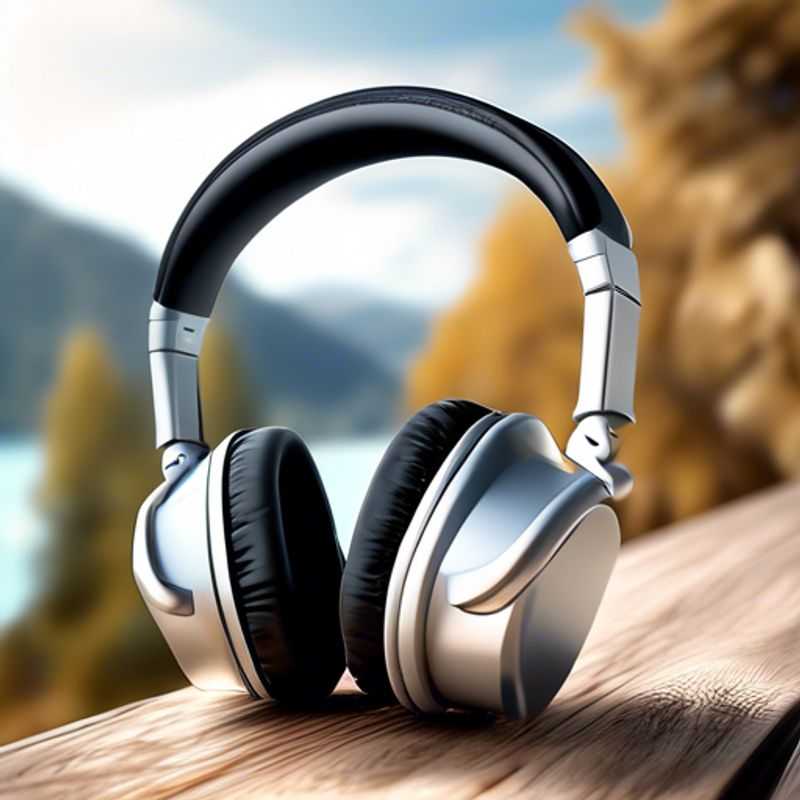
Unleash the Power of Sound: Researching Audio Quality for the Perfect Listening Experience
Okay, let’s get real about sound quality and audio performance – it’s a bit of a deep dive, but I’m here to break it down in a way that’s easy to grasp. Think of it like this: you’re about to walk into a music store, but instead of browsing for instruments, you’re shopping for the experience of sound itself. And we’re going to make sure you get the best possible experience, because the right audio can be like a portal, taking you to another place, another feeling, another you!
Here’s the low-down: sound quality boils down to how clear and faithful a sound reproduction is compared to the original recording. It’s about those subtle details, the depth, the warmth, the clarity - those things that make the music or podcast come alive.
Now, audio performance takes that a step further. It’s about the full package: how powerful the sound is, how well it fills a room, how clear it is, and how much control you have over it. This is where things like speakers, amplifiers, headphones, and even your listening space come into play.
To get a real feel for sound quality and audio performance, you can’t just rely on reading reviews. You need to hear it for yourself! Thankfully, there are a few ways to get a good feel for it: Head to a local audio store, or even just a shop that carries headphones. Look for places that offer listening rooms where you can try different equipment. There are also online platforms where you can listen to samples of sound, but the real magic comes from experiencing it yourself.
Remember, the best audio experience is a personal one. Don’t get caught up in the technical jargon – trust your ears, and let the music lead you!
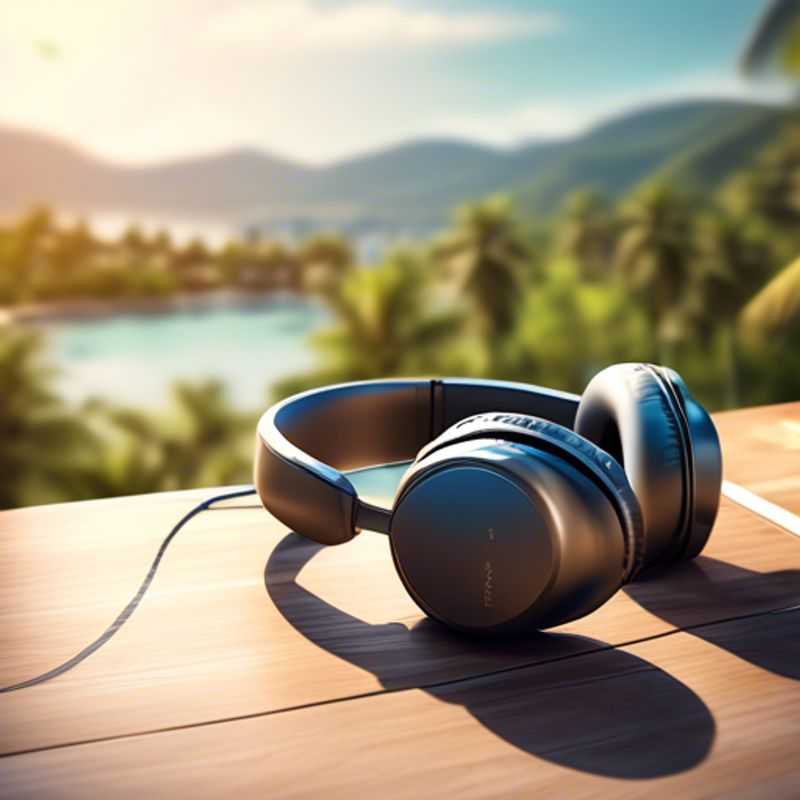
Wireless Freedom vs. Always Aware: Choosing the Right Smart Home Features
Imagine stepping into a store, and suddenly, you feel a sense of calm wash over you. That's what ambient awareness mode does! It transforms your tech into a soothing presence, subtly keeping you informed without overwhelming you. Think of it as a gentle nudge, reminding you of important notifications, but without the jarring interruptions.
Now, let's talk about wireless connectivity. This feature is like having an invisible tether, connecting you to the world around you. It's the freedom to move about, to explore, without being tied down by cords. It's about effortless streaming, seamless file transfers, and the convenience of being connected wherever you go.
When planning for these features, remember that wireless connectivity can come with varying costs, depending on the type of technology you choose. Factors like range, speed, and compatibility all play a role. On the other hand, ambient awareness mode typically doesn't come with an extra charge. It's often built-in, making it a budget-friendly way to enhance your user experience.
Think of it like this: wireless connectivity is about breaking free, expanding your boundaries, while ambient awareness mode is about finding comfort in the familiar. Both features offer distinct advantages, and choosing the right combination can personalize your tech experience, turning it into something truly special.
